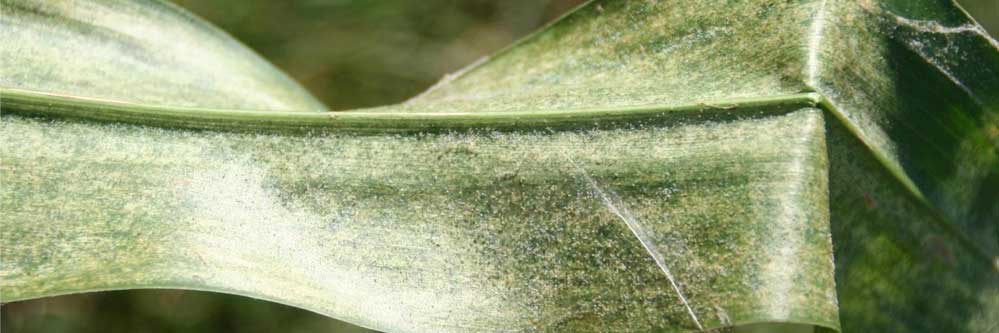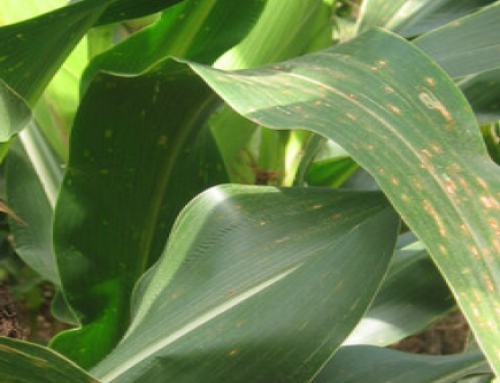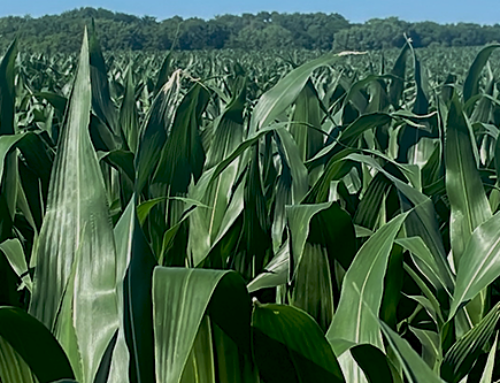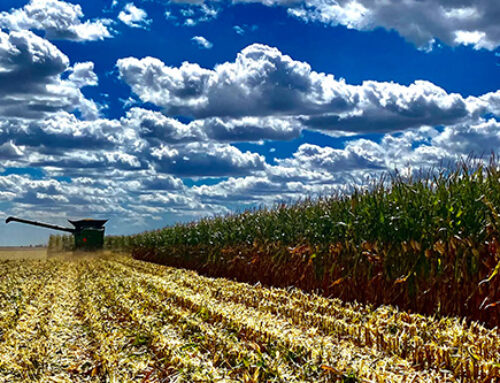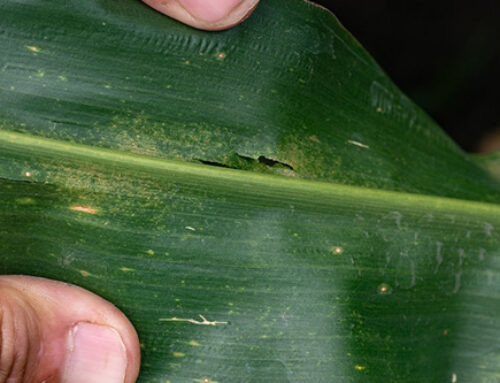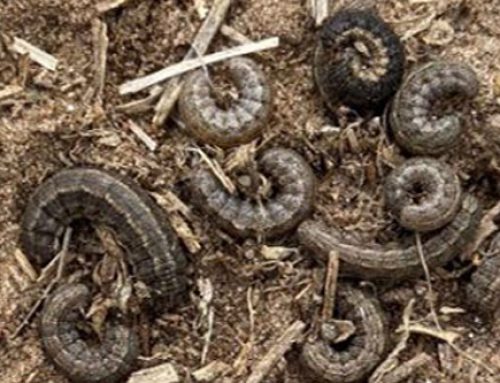You have spider mites! Just the shear words to both producer and agronomist will send a cold chill down their spine. Both banks grass and two spotted mites can be the most difficult pest to control in the High Plains region.
Spider mites are unique as they are not an insect but rather fall in the category arachnids, similar to spiders. Mites have four life cycles: egg, larva, nymph and adult. The larvae have six legs and develop eight legs for the nymph and adult stages, hence the name spider mites.
Spider mites can go through a complete life cycle within seven days at temperatures above 90 degrees, which is the main reason levels can get out of hand quickly. Factors such as temperature, humidity and rainfall all play a role in how fast mites will develop on the crop.
Mites usually overwinter in grassy ditches along fields, CRP grass and in volunteer wheat. Edges of fields tend to show mites early in the growing season. Your agronomist may advise to only treat the borders as a temporary deterrent.
Research has shown that an infestation of spider mites left unchecked can reduce yields up to 50 percent due to premature death.
Management practices vary across the region. It is better to be proactive and treat mites prior to levels increasing to the ear leaf. Rescue treatments rarely work. Normal practices include applying miticide just prior to tassel. A two-step approach is another option. Apply part of the miticide at the five to eight leaf stage and then apply the rest of miticide at 15 to 18 leaf stage.
Spider mites also have natural enemies that aid in control of colonies. Lady beetles, thrips, lacewings, minute pirate bugs and predatory mites can all reduce levels. Mites are also subject to a fungal disease that can wipe out entire colonies in a few weeks time. This fungus usually shows up toward the end of the growing season.
Miticide options are limited. Your Crop Quest Agronomist will have the knowledge and experience to decide which options work in your area.
Written by: Rob Benyshek; Ulysses, KS
Featured Image by: Darren Mueller, Iowa State University, Bugwood.org
